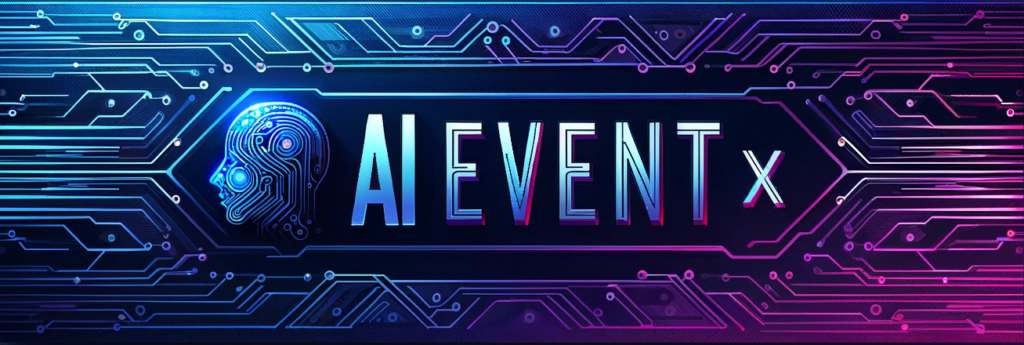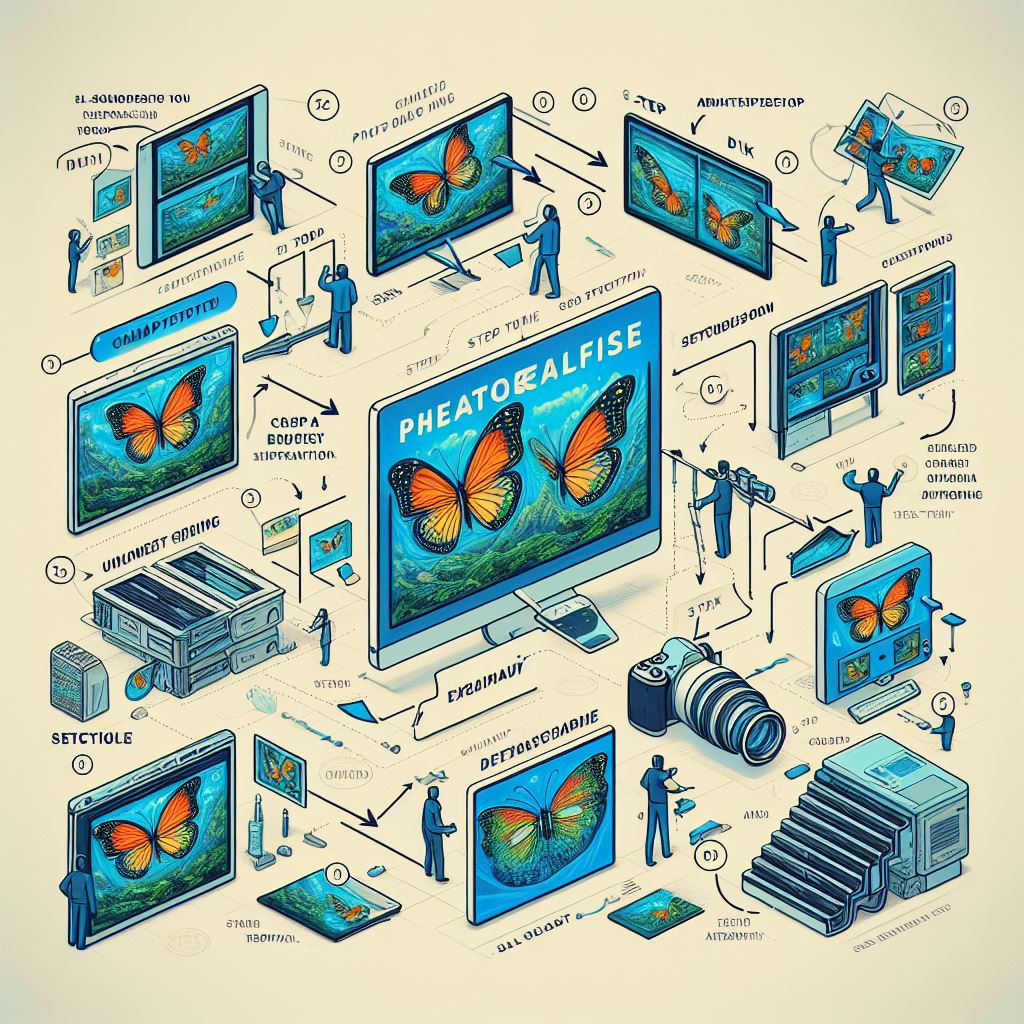Google Imagen is an artificial intelligence system that can create photorealistic images from text descriptions. It is a product of Google Research, Brain Team, and it was announced in October 2023. In this blog post, I will explain how Google Imagen works, what makes it different from other text-to-image models, and what are some of its applications and limitations.
Google Imagen
It is based on two main components: a large transformer language model and a diffusion image model. The language model, called T5-XXL, is pre-trained on a huge corpus of text from the web, and it is used to encode the input text into embeddings. The image model, called Imagen Diffusion, is trained on a large dataset of images, and it is used to generate images from the embeddings. The image generation process is done in a reverse way, starting from a noisy image and gradually removing the noise until the final image is obtained. This is called diffusion, and it is a technique that has been shown to produce high-fidelity images.
The key innovation of it is that it leverages the power of the language model to understand the text and align it with the image. Unlike other text-to-image models that use a separate encoder for the text, Google Imagen uses a frozen T5-XXL encoder that is not fine-tuned on any image data. This means that Google Imagen can generalize to any text domain, without requiring any additional training. The researchers found that increasing the size of the language model boosts both the image quality and the image-text alignment much more than increasing the size of the image model. This suggests that generic language models have a surprising ability to encode text for image synthesis.
Google Imagen can produce images that are unprecedented in their photorealism and their deep level of language understanding. It can handle complex and diverse text inputs, such as descriptions, captions, stories, queries, and commands. It can also generate images that are consistent with the context, such as the location, the time, the mood, and the style. For example, Google Imagen can create a photo of a corgi dog riding a bike in Times Square, wearing sunglasses and a beach hat, and make it look realistic and aligned with the text.
Google Imagen has many potential applications, such as content creation, education, entertainment, and art. It can also be used as a tool for exploring and visualizing ideas, concepts, and scenarios. For example, Google Imagen can help students learn about different animals, plants, and cultures by generating images from their descriptions. It can also help artists and designers create novel and inspiring artworks by generating images from their sketches or keywords.
However, Google Imagen also has some limitations and challenges, such as ethical, social, and technical issues. For example, Google Imagen can be misused to create fake or misleading images, such as deepfakes, propaganda, or hoaxes. It can also raise questions about the ownership, authorship, and originality of the generated images, as well as the privacy and consent of the people or objects depicted in them. Moreover, Google Imagen can face difficulties in generating images that are rare, ambiguous, or contradictory, or that require common sense or world knowledge. It can also make mistakes or generate artifacts that can reduce the image quality or the image-text alignment.
In conclusion, Google Imagen is a remarkable text-to-image system that can create photorealistic images from text descriptions. It is based on a large transformer language model and a diffusion image model, and it leverages the power of the language model to understand the text and align it with the image. Google Imagen can generate images that are diverse, complex, and consistent with the text, and it can generalize to any text domain. Google Imagen has many applications, but it also has some limitations and challenges. Google Imagen is a fascinating example of how artificial intelligence can bridge the gap between language and vision, and how it can enable new forms of creativity and expression.
Also Read: Google Imagen 2 vs Dall-E 3: Which Text-to-Image Model is Better?

